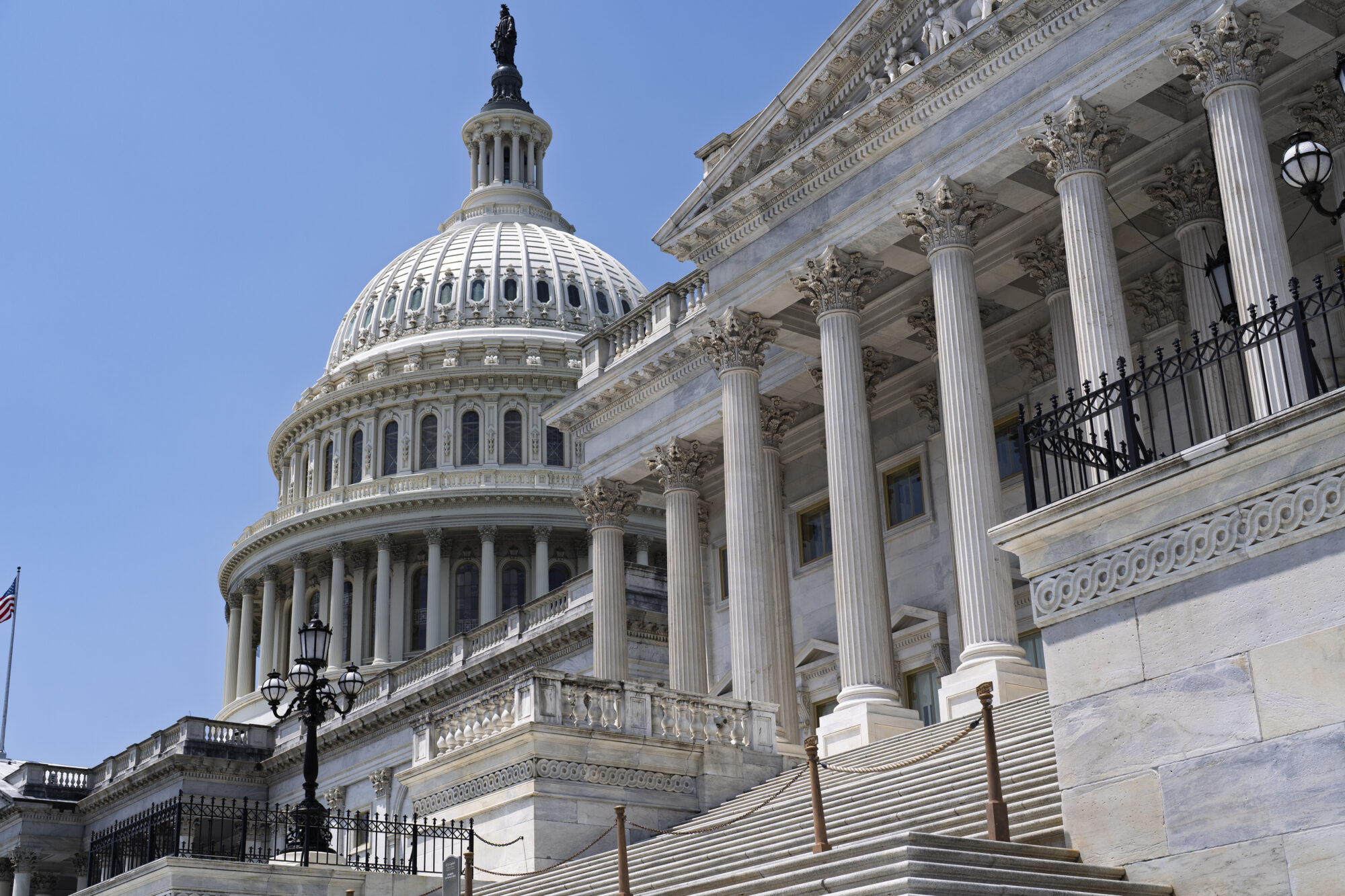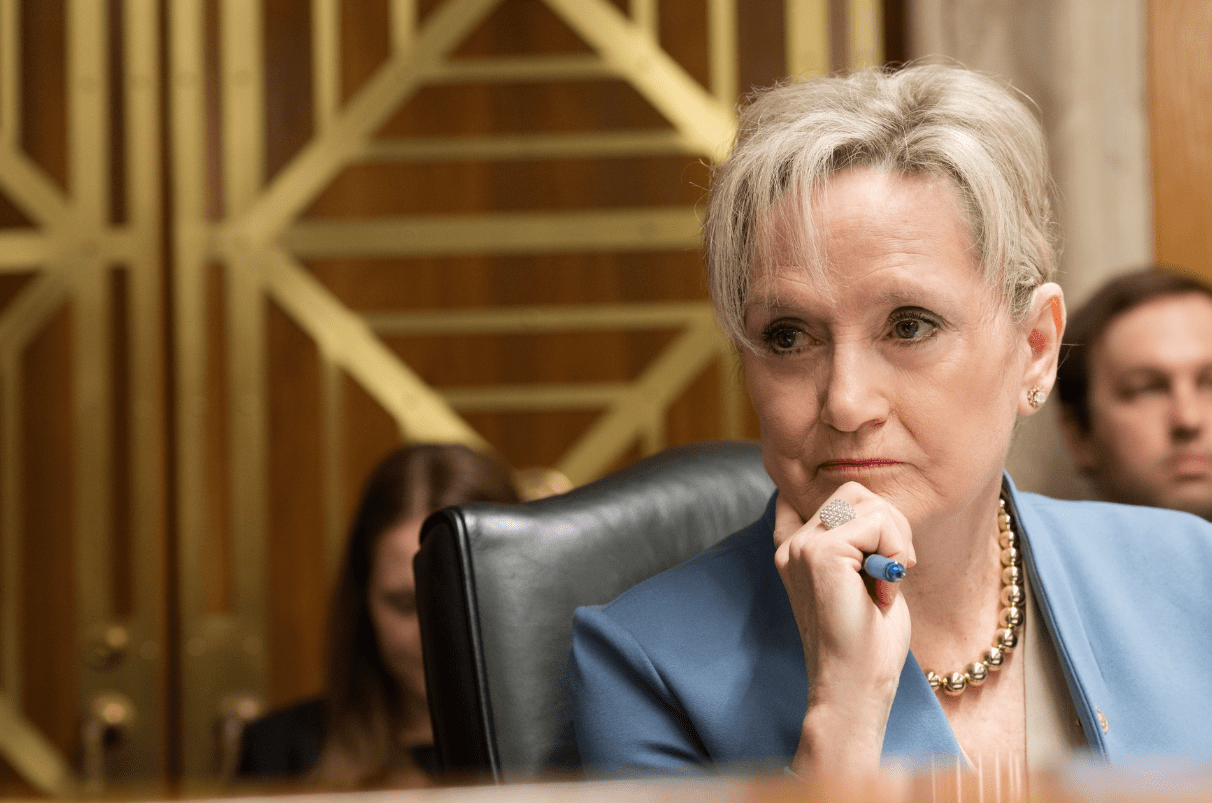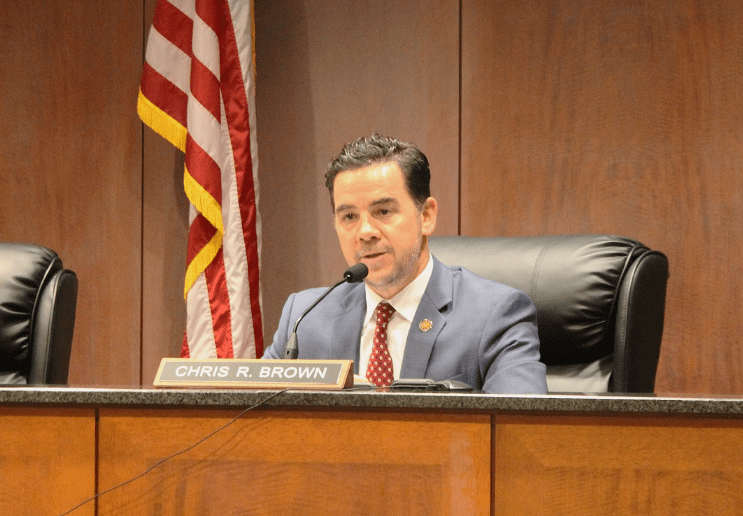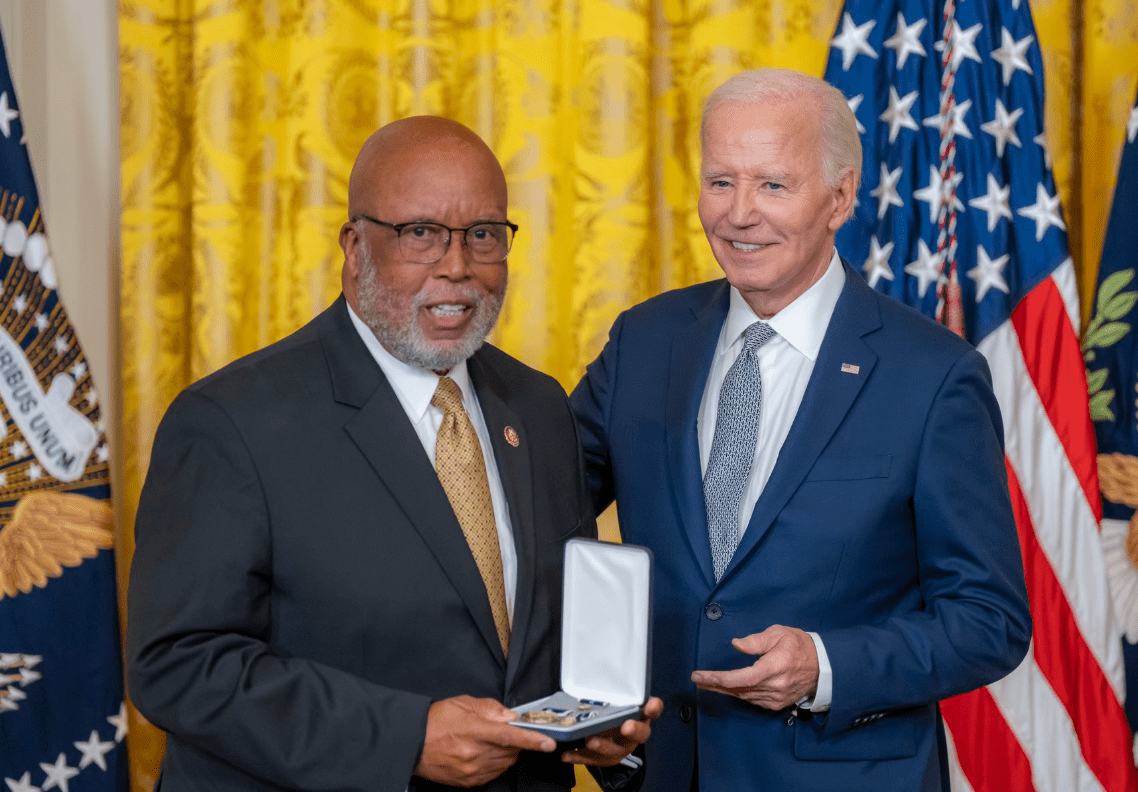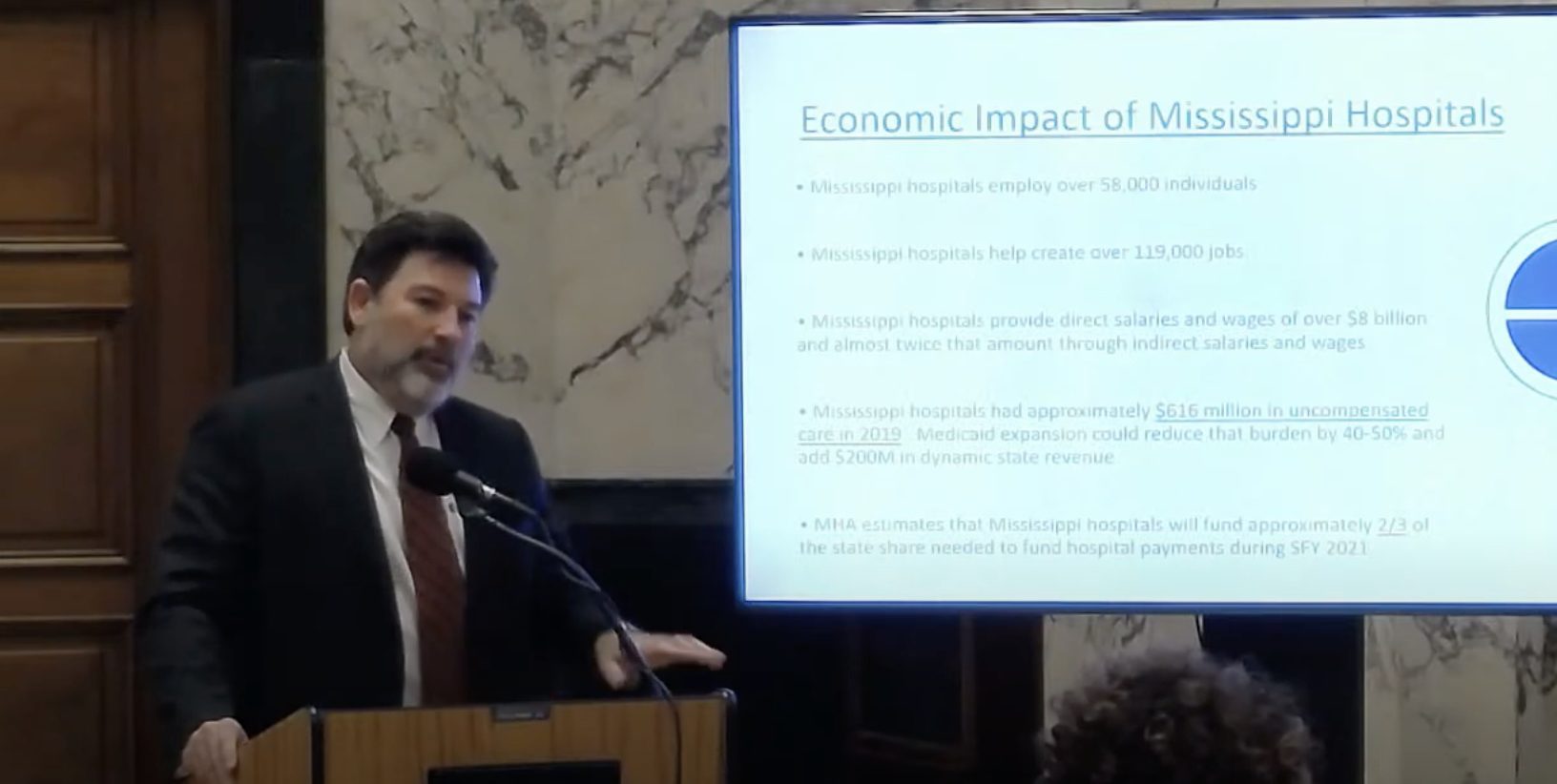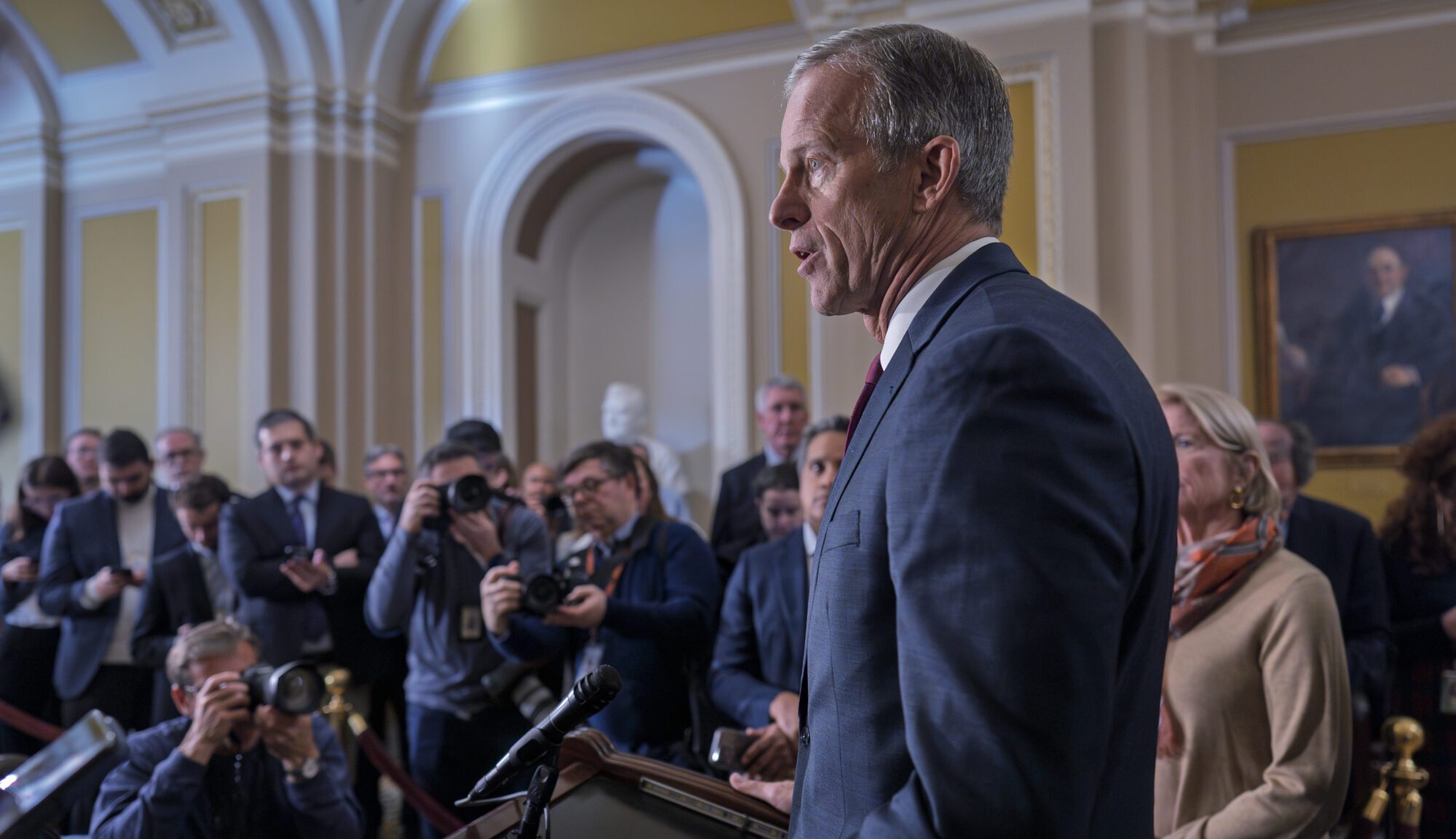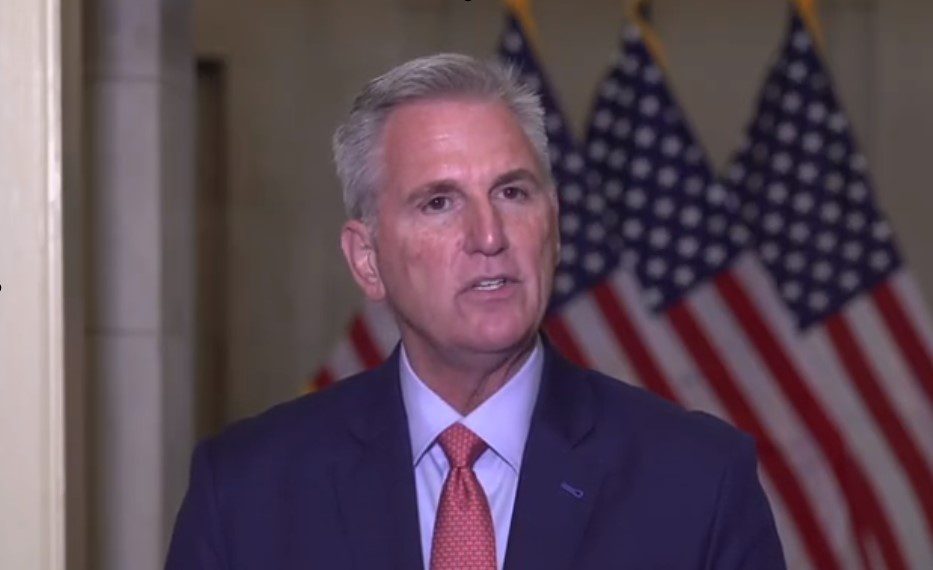
Speaker McCarthy plans to advance a handful of appropriations bills on Tuesday as his Republican members continue to negotiate among themselves.
Congressional lawmakers remain in negotiations as a possible federal government shutdown looms ahead of the start of the new fiscal year on October 1.
The last shutdown occurred over five weeks in December 2018 to January 2019. It was the longest on record. There have been 20 shutdowns since 1976 lasting at least one day.
The current Republican majority in the U.S. House continues to debate spending cuts among its members even as Speaker Kevin McCarthy (R-California) looks to bring four defense related spending bills to the floor before advancing a possible continuing resolution as a temporary stopgap to avert a shutdown.
In total, there are 12 necessary spending or appropriations bills that need to be acted upon to keep the federal government open as normal.
McCarthy told reporters on Monday that when lawmakers return on Tuesday evening, four of the appropriations bills in question related to defense and homeland security will be up for consideration. Those bills represent over 70% of the discretionary spending up for negotiations.
Speaker McCarthy was confident that clearer heads would prevail, saying, “You never up.”
“I think we’re able to work through this and at the end of the day get there,” McCarthy said.
Whatever is passed out of the House must gain approval in the Democratic-controlled U.S. Senate and then be signed by President Joe Biden.
Should an agreement not be reached by the deadline, non-essential functions of the federal government would be halted until the House and Senate move the bills forward and the President signs them into law.
As for what is essential and will continue to incur obligations versus non-essential, that determination is left up to each federal department or agency. The same is true for members of Congress in their staffs.
However, even if persons and positions are deemed essential, no funds can be expended from the U.S. Treasury. Essential personnel will not be paid in the event of a shutdown but would receive backpay once the necessary appropriations bills are signed into law. This includes military personnel, air traffic controllers, federal law enforcement, and other agency employees.
Non-essential personnel are furloughed.
Federal agencies or departments that have had their funding approved would continue to operate as normal. Those that do not would be subject to determining necessary personnel and post closures as necessary.
The U.S. Postal Service would continue to deliver mail and those persons receiving Social Security, Medicaid and/or Medicare would still receive their benefits. But staffing levels could be impacted and cause a slowdown in delivering services.
